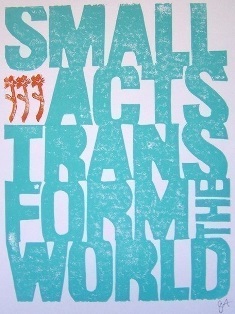pub·lic sec·tor:
noun
the part of an economy that is controlled by the government.
What is the Public Sector?
Quite simply, the public sector is one section of the economy that is concerned with providing various government services. Though there are variations from one country to another, the public sector normally includes such services as the military, police, public transit, infrastructure care, public education, health care, and of course, the government itself.
The public sector, as you would expect, provides public services to its citizenry. It delivers services that benefit all of society rather than just those who pay taxes to support the service. An example of this would be street lighting – someone who does not pay taxes can still reap the benefits of this service.
The public sector also provides what is called ‘mixed pool services’, which are services that combine the non-excludable element of public goods (for example, no one can be excluded from fishing in a public pond), and the rival element of a private good (yet, there are still a limited amount of fish in the pond that can be caught).
Private Sector vs. Public Sector
So what differentiates the private sector and the public sector?
In a nutshell, the private sector is composed of organizations that are privately owned and completely separate from the government. These usually include corporations (both profit and non-profit), partnerships, and charities. Essentially the private sector is a collection of organizations that are not owned or operated by the government
You can look at the private sector as having two major sections. It is composed of the ‘business sector’, in which firms are intended to earn a profit for the owners of the enterprise and its stakeholders. It is also composed of the ‘voluntary sector’, which includes charitable organizations.
On the other hand, the public sector, as stated, is made up of organizations that are owned and operated by the government. This includes federal, provincial/state, and municipal governments. Privacy legislation usually calls organizations in the public sector a public body or a public authority.
In Canada, some well-known examples of public bodies include the educational system, police and prison services, health care providers, and local/central government bodies and their departments.
Are NGOs a part of the Public Sector?
NGOs, a term you’ve heard many times before, is actually quite hard to define and often misused. As a result of this confusion, there are numbers of different classifications.
A common focus is on an organization’s orientation, i.e. the activities in which they engage. These activities can include anything from human rights watch to environmental advocacy to development work. Another common focus is on an NGOs level of operation, i.e. the scale at which the organization works. An NGO can operate at a local, regional, national or international level.
The origin of the term NGO comes from 1945 during the creation of the United Nations (UN). The UN, an inter-governmental organization, made it possible for specific international non-state agencies (non-governmental organizations) to be awarded observer status at certain assemblies and meetings.
Today, the term is used much more widely. According to the UN, any kind of privately owned organization that is independent from the government could be called an NGO. The organization must be not-for-profit, non-criminal and not merely an opposing political party.






